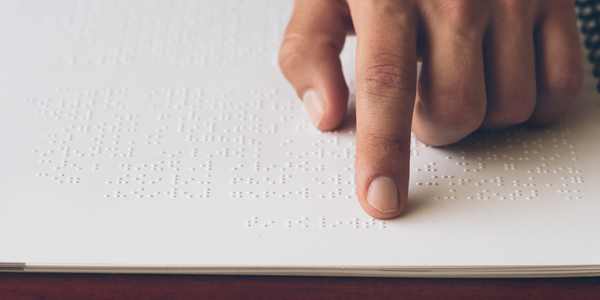» The Central Library for the Blind, Visually Impaired and Handicapped initially invited 100 people who subscribe to the library’s collection of audio assets to join this project. After the trial period, any blind person who has a RAY device and subscribes to the library will be able to benefit from this new service.
» The RAY device integrates the advanced capabilities of an off-the-shelf Android smartphone enabled by a Qualcomm Snapdragon processor, a product of Qualcomm Technologies, Inc., and the capabilities of multiple specialty devices into a single, cost-effective solution with always-on, mobile broadband connectivity.
» Optimized for eye-free interaction, the UI allows the user to touch any position on the display, then turns that position into the center of an activity, such as audio-book reading. Navigation is enabled via a single finger movement in any direction. This platform is enhanced by the smartphone’s built-in vibration capabilities and voice prompts.
» A configuration wizard allows the UI to adapt its behavior to users’ preferences and usage patterns.
» The device supports telephony, messaging, navigation, object recognition, social network services, remote assistance, panic services, and leisure and entertainment services.
» A system is being built by which visually impaired people can use the RAY device to easily access, download and read audio assets from The Central Library for the Blind, Visually Impaired and Handicapped in Israel. Subscribers can download audio-books, magazines, newspapers and other materials immediately and directly to their RAY devices rather than wait for hard copies to arrive on a CD by mail. The system incorporates digital rights management protection for copyrighted material.
Read More




